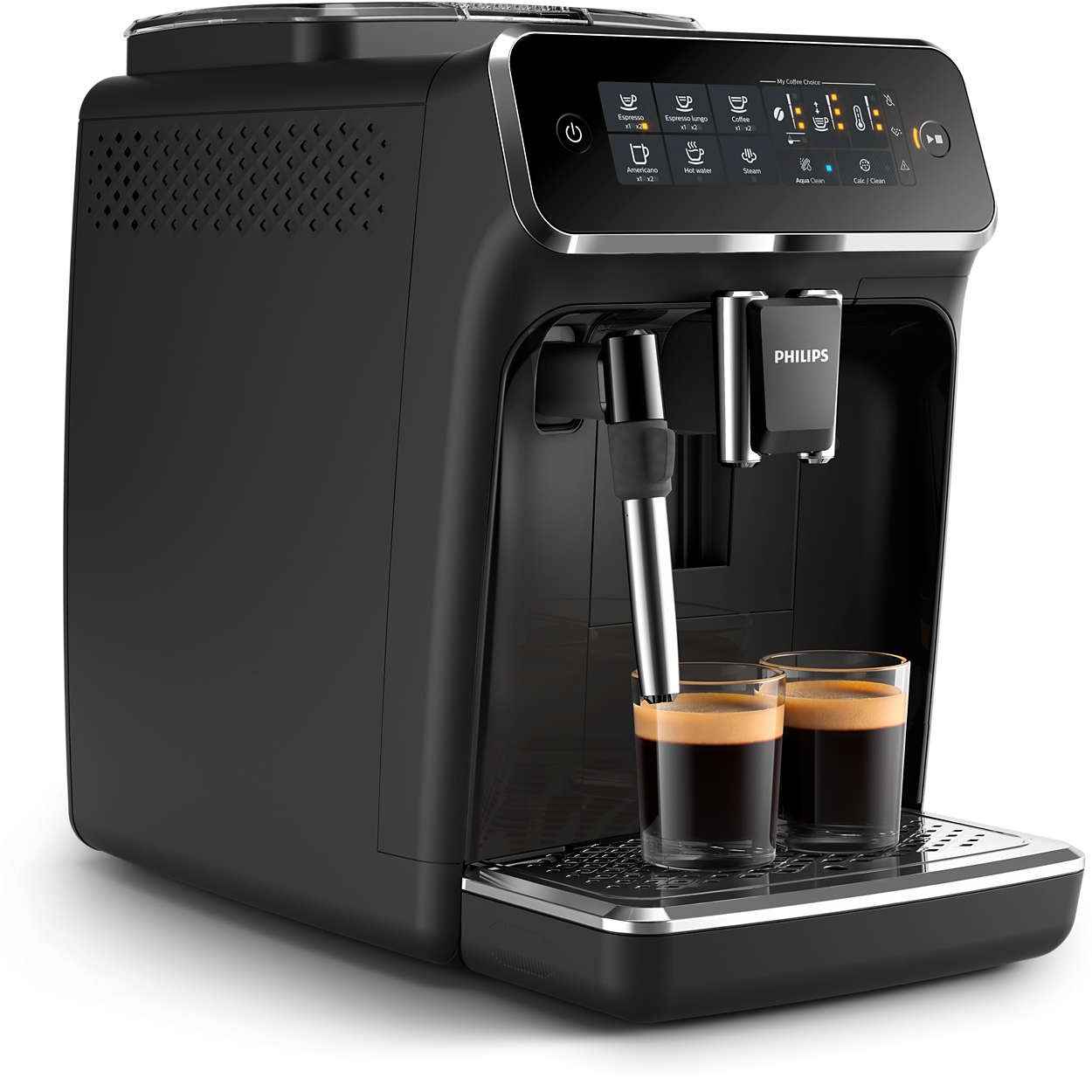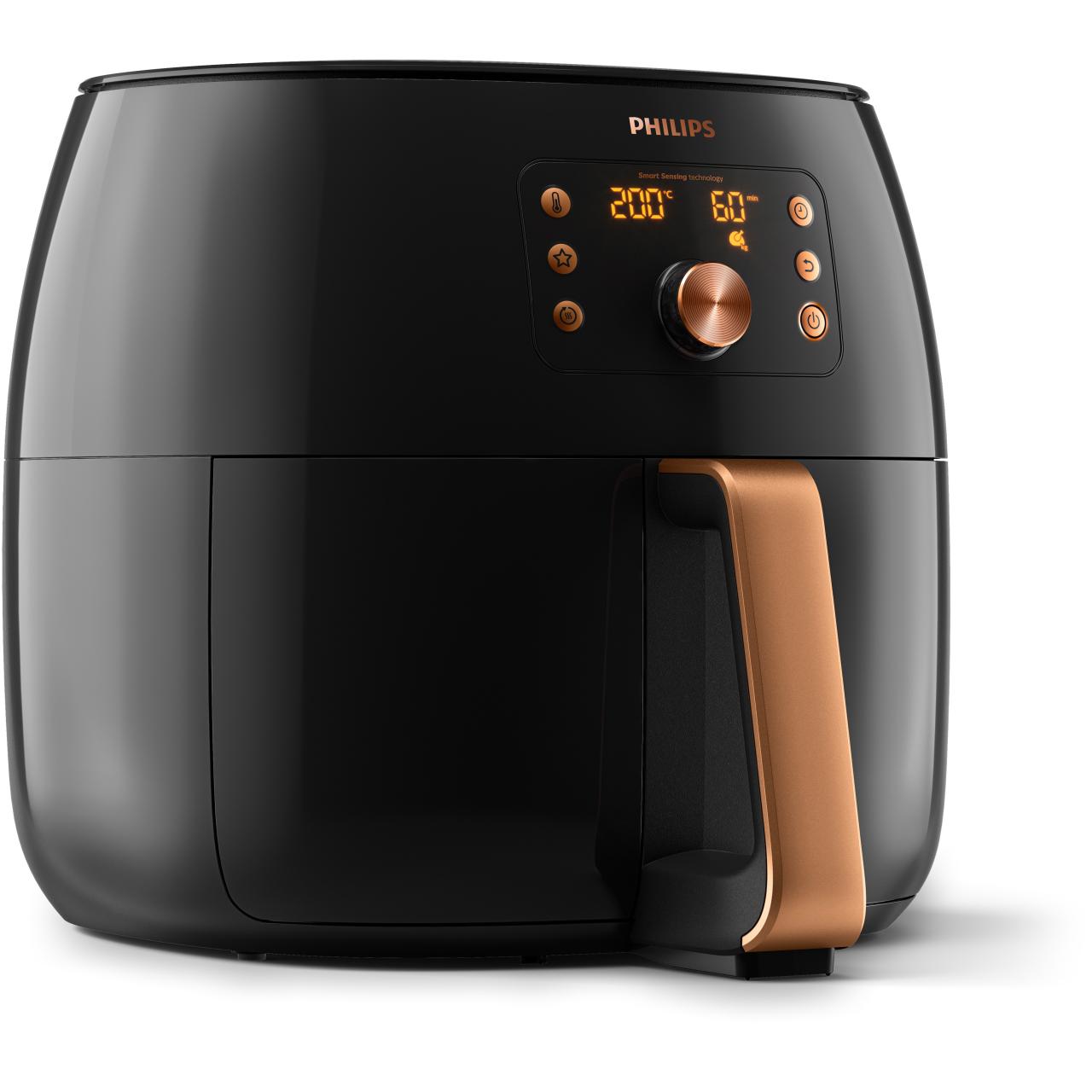philips hue motion sets the stage for an enthralling narrative, blending convenience and innovation in the realm of smart home lighting. By integrating motion sensors into your lighting system, you can create an environment that responds intuitively to your movements, enhancing both comfort and energy efficiency. These smart sensors not only detect motion but also adapt your lighting needs, making your home smarter and more secure.
With the Philips Hue motion sensors, users can enjoy seamless automation and customization, ensuring that lights turn on when you enter a room and turn off when you leave. This remarkable technology not only transforms your living space but also promotes energy savings and enhances security, making it an essential addition to any modern home.
Features of Philips Hue Motion Sensors

Philips Hue motion sensors provide a seamless and innovative way to enhance smart home automation. These devices are designed to detect movement and control lighting in a smart home environment efficiently. With a range of advanced features, they contribute significantly to the automation and convenience of daily living.
The Philips Hue motion sensors utilize advanced technology to detect motion and ambient light levels, responding accordingly to enhance user experience. When movement is detected, the sensor communicates with the Philips Hue lighting system to turn on lights within a designated area, ensuring safety and comfort. Additionally, these sensors can be customized to adjust lighting based on natural light conditions, contributing to energy savings and environmental awareness.
Key Features of Philips Hue Motion Sensors
The essential features of the Philips Hue motion sensors are pivotal in optimizing smart home automation. These features include:
- Motion Detection: The sensors have a wide detection range, able to identify movement up to a specific distance, ensuring that lights activate automatically when someone enters the designated area.
- Daylight Sensitivity: Equipped with ambient light sensors, these devices can adjust the brightness of the lights or remain off in well-lit conditions, thereby conserving energy and extending bulb life.
- Customizable Settings: Users can tailor the settings via the Philips Hue app, allowing for personalized experiences, such as choosing which lights to control and setting timers for activation.
- Integration with Smart Home Systems: The sensors seamlessly connect with other Philips Hue products and compatible smart home systems, enhancing the overall automation experience.
- Compact Design: The sleek and modern design of the sensors allows for unobtrusive placement in various home environments, maintaining aesthetic appeal while providing functionality.
The combination of these features not only enhances the lighting experience but also contributes to creating a smart home ecosystem that prioritizes convenience and energy efficiency. As a result, users can enjoy a tailored and advanced lighting solution that adapts to their lifestyle.
How Motion Detection Works in Philips Hue System
The motion detection mechanism in Philips Hue sensors is engineered for precision and reliability. The sensors employ passive infrared technology (PIR) to detect body heat, enabling them to identify motion accurately. When someone walks within the sensor’s range, the change in infrared radiation triggers the device to send a signal to the Philips Hue Bridge.
Upon receiving the motion signal, the bridge activates the designated lights as per the user’s preconfigured settings. This system allows for immediate and responsive lighting that enhances safety and usability in various scenarios, such as navigating through dark hallways or coming home late at night.
“Philips Hue motion sensors not only enhance convenience but also promote energy efficiency through intelligent lighting control.”
By integrating motion sensors into a smart home setup, users benefit from a dynamic and responsive lighting solution that adjusts to real-time conditions, embodying the future of home automation.
Setting Up Philips Hue Motion Sensors

Installing Philips Hue motion sensors can enhance your smart lighting experience, making your home more efficient and convenient. These sensors automatically detect movement, triggering your lights to turn on or off based on occupancy. Follow the steps Artikeld below to set up your Philips Hue motion sensors seamlessly.
Installation Steps for Philips Hue Motion Sensors
Proper installation of your Philips Hue motion sensors is crucial for optimal performance. Here are the steps you should follow:
1. Choose the Right Location: Identify areas where motion detection is needed, such as hallways, entryways, or rooms frequently used.
2. Mount the Sensor: Use screws or adhesive strips provided with the sensor to mount it at a height of around 6.5 to 7.5 feet (2 to 2.5 meters) for optimal detection range.
3. Power Up: Insert the included batteries into the sensor to provide power, ensuring they are inserted correctly.
4. Connect to the Hue Bridge: Make sure your Hue Bridge is connected to your Wi-Fi network and powered on. The motion sensor will communicate with it to control the lights.
5. Download the Philips Hue App: If you haven’t yet, install the Philips Hue app from your device’s app store. It’s available for both Android and iOS.
6. Add Device: Open the app and navigate to the “Settings” menu. Select “Light setup” and then “Add light.” Follow the prompts to search for your motion sensor and add it to your system.
Integrating Motion Sensors with the Philips Hue App, Philips hue motion
Integrating your motion sensors with the Philips Hue app allows for greater control over your lighting. The app allows users to configure settings according to their preferences. Here’s how to do it:
1. Open the Philips Hue App: Launch the app on your smartphone or tablet.
2. Select the Motion Sensor: Navigate to the “Lights” section, where you’ll find your newly added motion sensor.
3. Adjust Settings: Click on the motion sensor to access its settings. You can customize the following:
– Sensitivity: Adjust how sensitive the sensor is to movement.
– Light Duration: Set how long the lights should stay on after movement is detected.
– Lighting Scenes: Choose specific lighting scenes that should activate when motion is detected, creating an ambiance based on time of day or activity.
4. Enable Notifications: Activate alerts within the app to receive notifications whenever motion is detected, enhancing security.
Troubleshooting Common Setup Issues
During installation and setup, you may encounter some common issues. Here are troubleshooting steps to help resolve them:
– No Connection to Hue Bridge: Ensure your bridge is powered on and connected to the same Wi-Fi network as your smartphone. Restart the bridge if needed.
– Motion Sensor Not Detected: If the app cannot find your motion sensor, check if the batteries are properly installed and fully charged. Additionally, ensure the sensor is within range of the Hue Bridge.
– Lights Not Responding: If the lights do not turn on when motion is detected, revisit the sensor settings in the app. Confirm that light duration and scenes are correctly configured.
– Intermittent Functioning: If the sensor works sporadically, ensure it is mounted securely and that there’s no obstruction in its line of sight. Adjusting its sensitivity settings may also help.
“The Philips Hue motion sensor is a powerful tool that enhances both convenience and security in your smart home.”
Advantages of Using Philips Hue Motion Sensors

Incorporating Philips Hue Motion Sensors into a smart lighting system offers a myriad of benefits that enhance both convenience and efficiency. These devices are designed to automate lighting based on movement, providing a seamless and intuitive experience for users. By integrating motion sensors, homeowners can enjoy increased energy savings, improved security, and a smarter living environment.
The primary advantage of using motion sensors lies in their ability to optimize energy consumption. Traditional lighting controls, such as manual switches or timers, often result in lights being left on longer than necessary. In contrast, motion sensors detect activity in a predefined area and activate lighting only when needed. This not only reduces electricity usage but also prolongs the lifespan of the bulbs, resulting in additional savings on replacements.
Energy Savings Compared to Traditional Lighting Controls
The energy efficiency of motion sensors can be quantified through their operational effectiveness in real-life scenarios. Utilizing Philips Hue Motion Sensors can lead to significant reductions in electricity bills. For instance, in a typical household where lights are frequently forgotten, the implementation of motion sensors can decrease unnecessary energy usage by up to 30%.
The efficiency of motion sensors stems from several key factors:
- Automatic Activation: Lights turn on only when someone enters a room, eliminating the chances of lights being left on after use.
- Customizable Settings: Users can set specific time limits for how long lights remain on after detecting movement, optimizing energy use further.
- Zone Management: Different areas can have tailored settings, allowing for more precise control over lighting based on the frequency of use.
“Motion sensors can reduce energy consumption by up to 30% in a typical household.”
Enhanced Security Features
Philips Hue Motion Sensors significantly contribute to home security, creating a safer living environment. By integrating motion detection into a smart lighting system, owners can deter potential intruders and enhance overall safety.
The security benefits of motion sensors include:
- Immediate Illumination: Lights automatically activate when motion is detected outside or inside the home, startling potential intruders and alerting residents to activity.
- Remote Monitoring: With smart home integration, homeowners can receive alerts and control lighting from their smartphones, allowing them to monitor activity even when away.
- Illumination Pathways: Pathways and entry points can be lit up automatically, ensuring safe navigation during night hours for residents returning home.
In summary, the incorporation of Philips Hue Motion Sensors into your home not only enhances energy efficiency but also bolsters security, providing peace of mind while optimizing lighting use throughout your space.
Customization and Automation with Philips Hue Motion Sensors
Philips Hue Motion Sensors are not just about detecting movement; they also offer a world of customization and automation possibilities that can transform the way you experience lighting in your home. By leveraging the Philips Hue app, users can personalize their settings according to their lifestyle and preferences, creating a seamless integration of smart lighting into their daily routines.
Customizing motion sensor settings through the Philips Hue app is straightforward and user-friendly. Users can adjust various settings, such as sensitivity, duration of light activation, and specific lighting scenes for different areas of the home. This flexibility allows for tailored experiences that cater to individual needs.
Customizing Motion Sensor Settings
The Philips Hue app provides multiple options to fine-tune the performance of your motion sensors. Here’s how users can customize the settings:
– Sensitivity Adjustment: This feature allows users to set the motion sensor to detect movement at varying distances and angles. For example, you might want a higher sensitivity level in areas like hallways, while opting for lower sensitivity in less frequented spaces such as storage rooms.
– Light Activation Duration: Users can select how long the lights remain on after detecting motion. Options typically range from 1 minute to 15 minutes. This can be particularly useful in rooms like bathrooms or kitchens, where quick access to light is essential.
– Specific Lighting Scenes: The app allows users to select different lighting scenes based on the time of day or activity. For instance, you can set a cozy warm light for evenings and a bright daylight hue for mornings in the living room.
– Time-Based Activation: Users can schedule when they want the motion sensors to activate. This is beneficial for areas that are only used during certain times, such as a home office during work hours.
Automation Scenarios Using Motion Sensors in Different Rooms
Creating automation scenarios using motion sensors enhances the convenience and efficiency of your smart home. Here are some examples:
– Living Room: Set up the motion sensor to turn on the lights to a warm hue when someone enters the room in the evening. If no motion is detected for 15 minutes, the lights can dim to create a relaxed atmosphere.
– Entryway: Program the motion sensor to illuminate the entryway with a welcoming light as soon as it detects movement. This is particularly useful for returning home late at night, ensuring you are greeted with light.
– Bathroom: Automate the bathroom lights to turn on softly when someone enters and turn off after a short duration, helping to conserve energy during nighttime visits.
– Garage: Use a motion sensor to light the garage when the door opens or when someone walks in, making it safer and more convenient to navigate in the dark.
Combining Philips Hue Motion Sensors with Other Smart Home Devices
Integrating Philips Hue Motion Sensors with other smart home devices can create a truly connected and responsive environment. Here are some ideas for effective combinations:
– Smart Speakers: Connect motion sensors with smart speakers to trigger voice commands. For instance, entering a room could prompt the speaker to play your favorite music or podcasts automatically.
– Smart Thermostats: Link motion sensors with smart thermostats to adjust the temperature based on occupancy. This can lead to energy savings by reducing heating or cooling in unoccupied rooms.
– Security Cameras: Integrate motion sensors with security cameras to enhance home security. When motion is detected, the cameras can activate and send alerts to your smartphone.
– Smart Blinds: Combine motion sensors with smart blinds to adjust natural light levels. For example, entering a room can prompt the blinds to open, allowing natural light to flood in.
Through effective customization and automation, Philips Hue Motion Sensors not only enhance convenience but also add a layer of sophistication to your smart home ecosystem, making daily living more intuitive and enjoyable.
Detailed FAQs
How do Philips Hue motion sensors work?
Philips Hue motion sensors detect movement using passive infrared technology, which senses changes in heat and motion within their field of view.
Can I customize the sensitivity of the Philips Hue motion sensors?
Yes, you can adjust the sensitivity settings through the Philips Hue app to suit your preferences and reduce false triggers.
Are Philips Hue motion sensors compatible with other smart home devices?
Absolutely, Philips Hue motion sensors can be integrated with various smart home devices and platforms for enhanced automation.
What is the range of the Philips Hue motion sensors?
The sensors have a detection range of up to 5 meters, making them efficient for most indoor areas.
Do Philips Hue motion sensors require batteries?
Yes, Philips Hue motion sensors are battery-operated, typically lasting up to two years depending on usage.
For those looking to enhance their smart home experience, integrating google nest google home can be a game-changer. This technology allows seamless connectivity with various devices, making your home not just smarter but also more efficient. With voice commands and customizable settings, managing your daily tasks becomes effortless.
If you’re considering smart lighting options, the philips hue homekit offers a versatile solution for your home. By connecting with Apple’s HomeKit, you can easily control your lighting through voice or app, creating the perfect ambiance for any occasion. The flexibility and ease of use make it a must-have for modern homes.